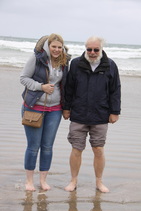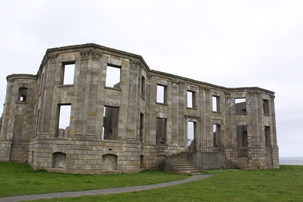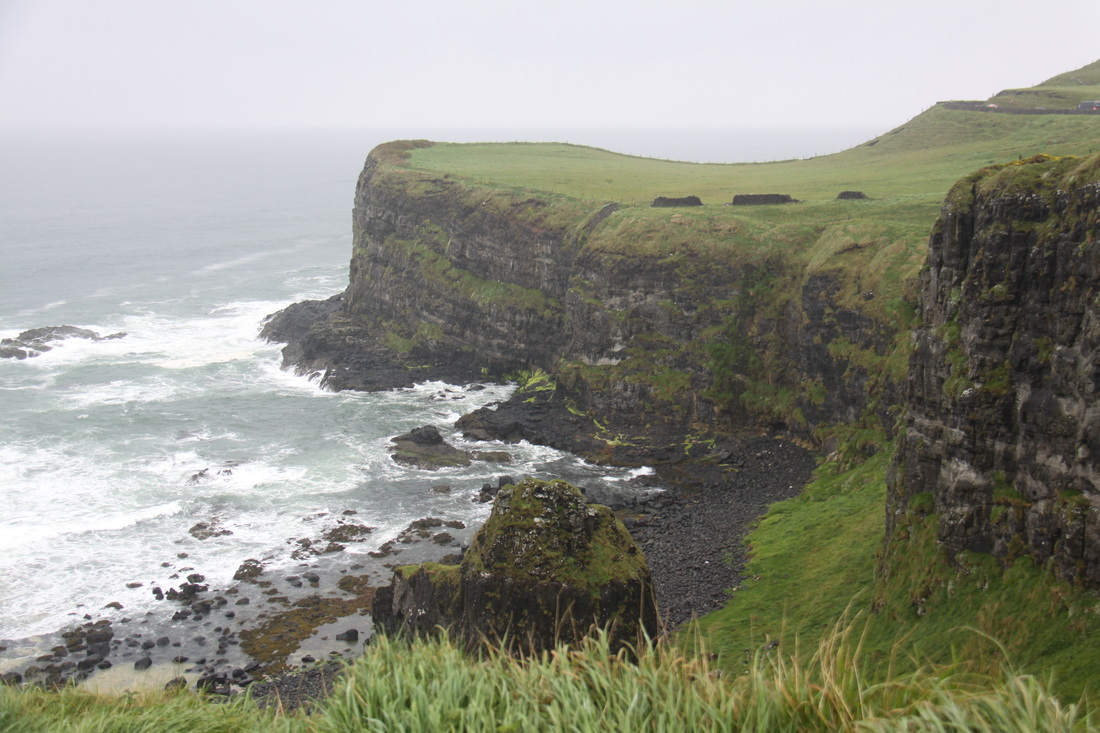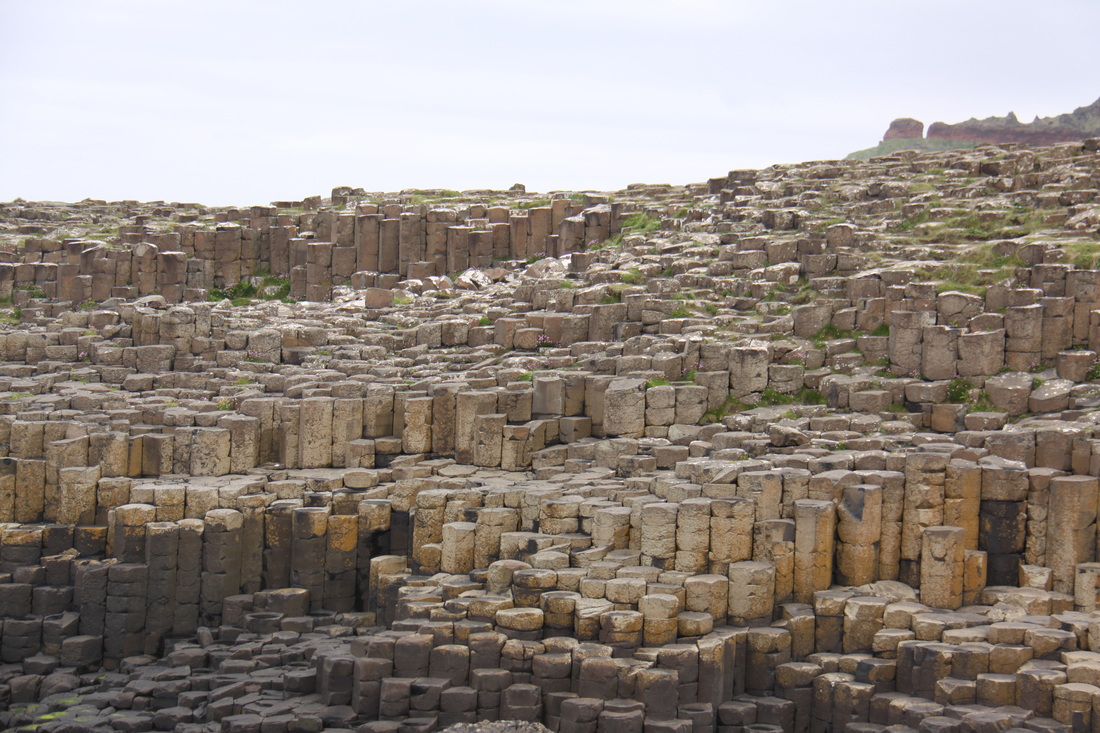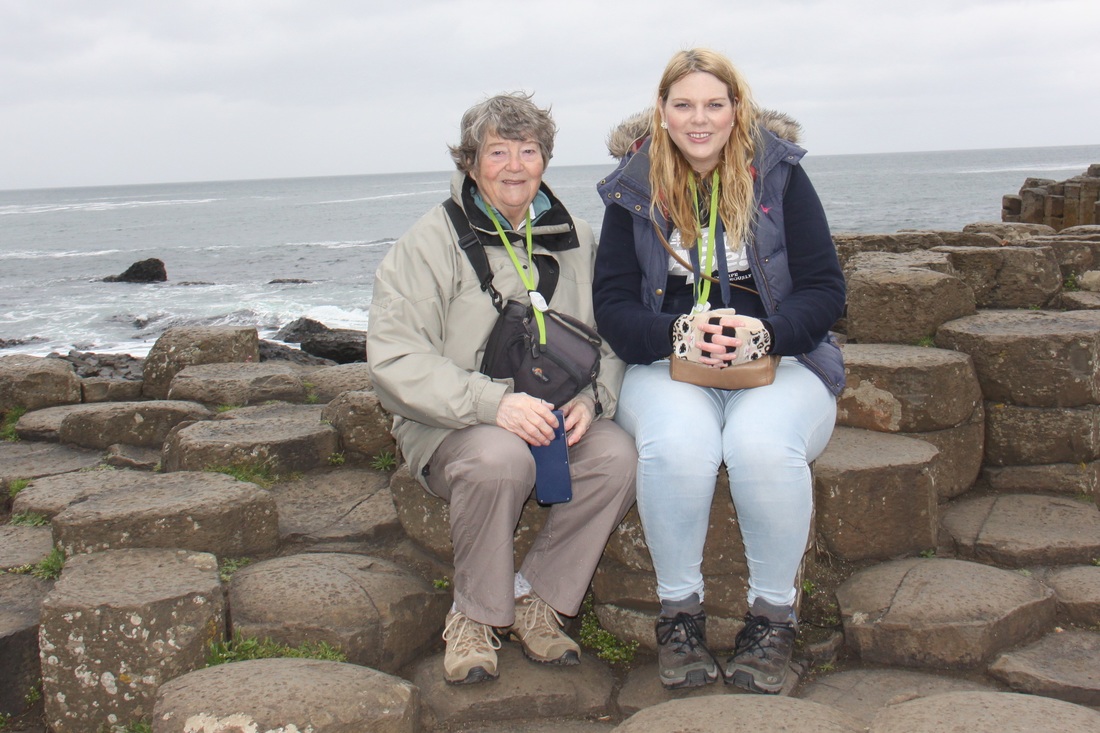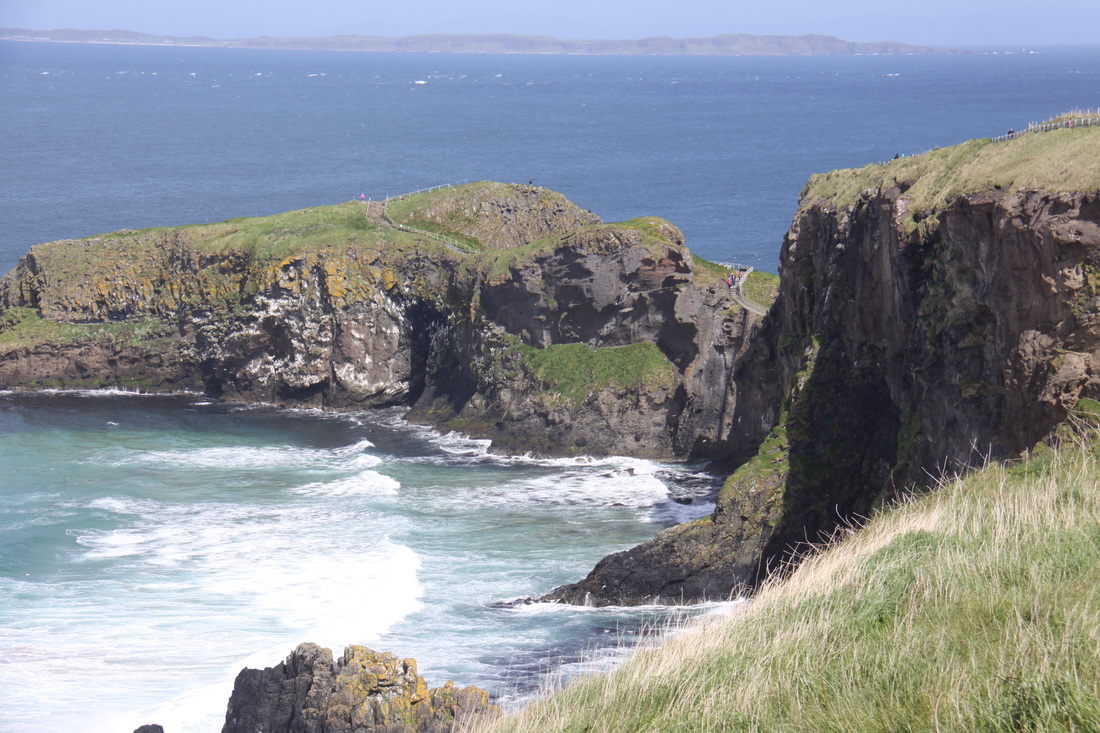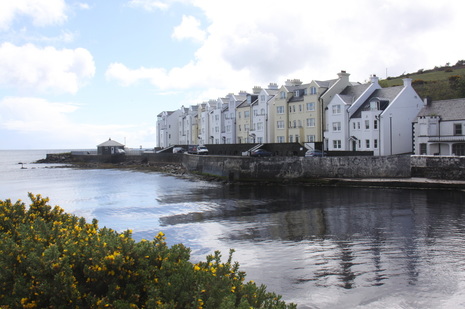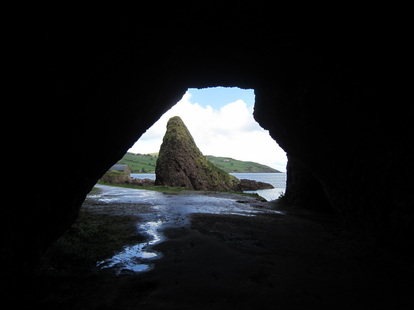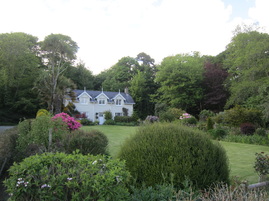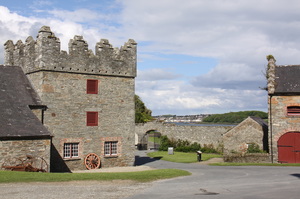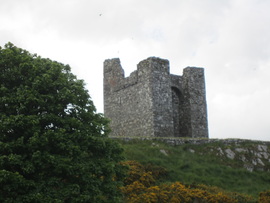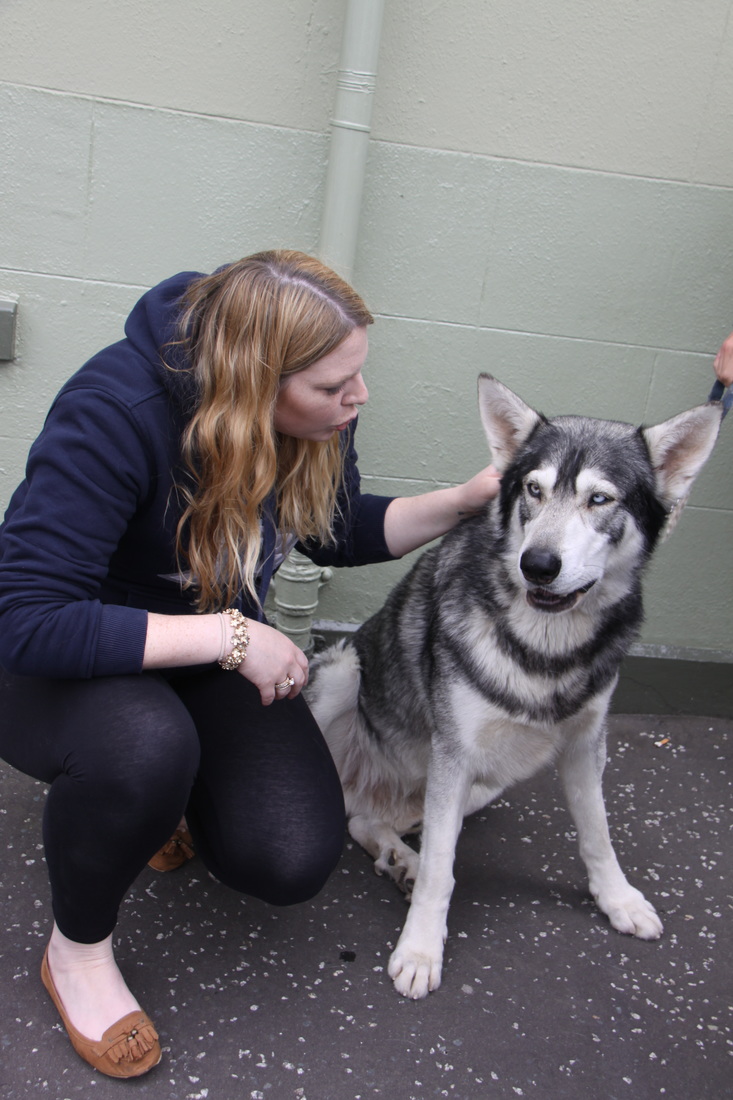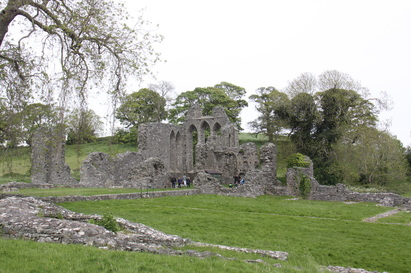In search of ꞌGame of Thronesꞌ® locations
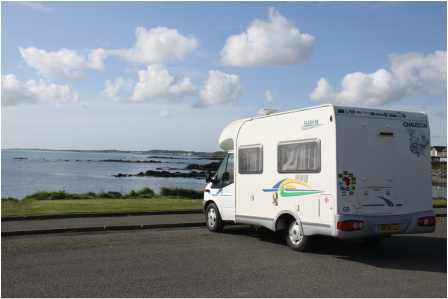
The HBO television series ꞌGame of Thronesꞌ was not known to us until we took our daughter to Northern Ireland and she announced that she wanted to visit the filming locations used in the series. This proved to be an interesting slant to our visit. The third bed in our motorhome is described as a child’s bed but that was no deterrent to our adult daughter. As my husband looked in to our proposed route we quickly discovered that most of the filming locations were already on our must be visited list so we were all happy with the holiday plan.
Many of the locations are reached by following the Causeway Coastal route which runs for 120 miles from Londonderry (Derry) to Larne just north of Belfast. This route is one of the great drives of the world and however many superlatives you use none can truly describe the jaw dropping scenery along the route. The road twists and turns following the narrow strip of coastline between the sea and high cliffs. It was easy to see why this stretch of coast featured in so many episodes of the ꞌGame of Thronesꞌ® series. Soon we were eager to identify with the fictitious Seven Kingdoms of Westeros. Everything from Winterfell to the King’s Road, the Iron Islands to Stormland fell into place as we followed in the footsteps of the Starks, the fantasy world based on the books ꞌA Song of Ice and Fireꞌ by the author George R. R. Martin. We plotted our own route through the scenic Seven Kingdoms and fell in love with the real life places.
Our journey began with a visit to Downhill Strand in County Londonderry, aka Dragonstone in the series. A vast expanse of sand greeted us. John and our daughter Alison couldn’t resist a swift paddle in the icy water with the wind howling around them. Definitely not beach weather. We hoped it had been warmer for the cast. High on the cliff top overlooking the beach was Mussenden Temple built in 1785 as a summer library for the nearby, now ruined Downhill Palace. The temple’s dramatic setting overlooked the fictitious Dragonstone Camp so you were quickly transported to one of the darker moments in the series when the Seven Idols of Westeros were burned.
Many of the locations are reached by following the Causeway Coastal route which runs for 120 miles from Londonderry (Derry) to Larne just north of Belfast. This route is one of the great drives of the world and however many superlatives you use none can truly describe the jaw dropping scenery along the route. The road twists and turns following the narrow strip of coastline between the sea and high cliffs. It was easy to see why this stretch of coast featured in so many episodes of the ꞌGame of Thronesꞌ® series. Soon we were eager to identify with the fictitious Seven Kingdoms of Westeros. Everything from Winterfell to the King’s Road, the Iron Islands to Stormland fell into place as we followed in the footsteps of the Starks, the fantasy world based on the books ꞌA Song of Ice and Fireꞌ by the author George R. R. Martin. We plotted our own route through the scenic Seven Kingdoms and fell in love with the real life places.
Our journey began with a visit to Downhill Strand in County Londonderry, aka Dragonstone in the series. A vast expanse of sand greeted us. John and our daughter Alison couldn’t resist a swift paddle in the icy water with the wind howling around them. Definitely not beach weather. We hoped it had been warmer for the cast. High on the cliff top overlooking the beach was Mussenden Temple built in 1785 as a summer library for the nearby, now ruined Downhill Palace. The temple’s dramatic setting overlooked the fictitious Dragonstone Camp so you were quickly transported to one of the darker moments in the series when the Seven Idols of Westeros were burned.
Soon another filming location came into view. This time it was the unmistakable view of Dunluce Castle which is situate on a high basalt outcrop above a rugged beach. The ruined castle was transformed into the House of Greyjoy in the series. Could the scenery get any better than this?
The not to be missed UNESCO World Heritage Site of the Giant’s Causeway didn’t feature directly in the series but the seascape beyond was used in many general shots. If like us, you had never visited the causeway then a visit there is a must do. During busy periods motorhomes however small are not allowed to use the car park directly by the site as there is very limited parking. Instead you are directed to a Park and Ride shuttle bus system running from the nearby village of Bushmills. The regular shuttle bus and the parking is free for National Trust members. Once transported to the site you are issued with a very informative and easy to use audio guide. There was another shuttle bus to take you the short distance to the actual causeway but in spite of the inclement weather we chose to walk and were glad we did as along the route there were some amazing views all explained in detail by our audio guide with many a background tale to get you in the mood so even in the cold and wet our minds were kept firmly on the formation and history of the causeway. At the end of our visit having followed the well signed trail we did enjoy the comfort of the shuttle bus back up to the Visitor Centre as by now it was unfortunately raining heavily. A bowl of hot soup in the Visitorꞌs Centre Café was a welcome and warming end to our visit.

The winding coastal route next led us to the charming photogenic hidden gem that is Ballintoy which is still a working harbour for local fishermen. In the television series the harbour becomes Lordsport harbour on the Iron Islands. The Pyke scenes were filmed here. The access road down to the harbour is not really suitable for motorhomes although small campervans could cope with the sharp bends and steep inclines. It is best to park in the nearby layby just by the turn down to the harbour and then you won’t miss the incredible views that just keep on coming. You could pass many hours exploring this delightful spot but do make sure you leave yourself time to visit the tiny Harbour café. This gem of a place crams so much into what were former fisherman’s cottages. Yes, you do have to sit very close to your neighbours but that is part of what makes this such a special place. Smells waft from the tiny kitchen and a large table brims with homemade cakes and desserts which we found impossible to resist despite having just eaten an oversize plate of Irish champ and sausages covered by a thick gravy. This is definitely somewhere not to miss even if you do feel much heavier on the uphill walk back to your van.
Who can resist a challenge? When it involves crossing an 18 metre long swinging rope bridge that sways and buckles as it spans an awesome chasm some 20 metres deep between the mainland and tiny Carrick Island, then I definitely can. My husband and daughter were made of sterner stuff and crossed the Carrick-a-Rede bridge without a wobble or false step. The bridge was originally built so that local fishermen could have access to the best places to catch the migrating salmon. The bridge itself has not been used in the series but the island has been shown in several background shots most recently as Storm’s End. The island forms the eastern edge of picturesque Larrybane Bay.
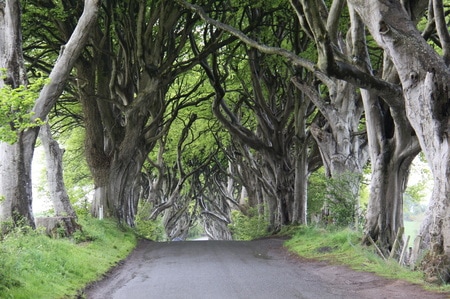
Our fascination with finding as many of the ꞌGame of Thronesꞌ® filming locations as we could, now led us inland to the Dark Hedges near the village of Stanocum.
These werenꞌt easy to find but the kindly warden at Ballyness Caravan Park drew us an excellent map and even suggested where we could park the motorhome when we got to the Dark Hedges. The hedges are much photographed and even in the less than perfect light you could understand why.
The beautiful avenue of beech trees were planted by the Stuart family in the 18th century as an impressive entrance to their Georgian mansion, Gracehill Place.
In the ꞌGame of Thronesꞌ® the road and its twisted trees became the Kingꞌs Road.
These werenꞌt easy to find but the kindly warden at Ballyness Caravan Park drew us an excellent map and even suggested where we could park the motorhome when we got to the Dark Hedges. The hedges are much photographed and even in the less than perfect light you could understand why.
The beautiful avenue of beech trees were planted by the Stuart family in the 18th century as an impressive entrance to their Georgian mansion, Gracehill Place.
In the ꞌGame of Thronesꞌ® the road and its twisted trees became the Kingꞌs Road.
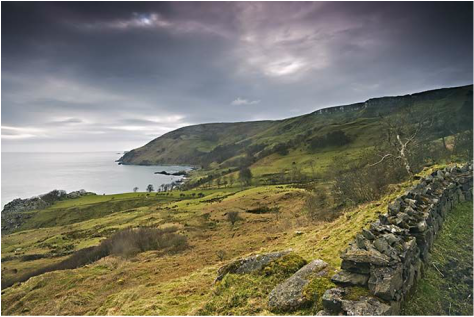
We attempted to drive down to the windswept and lonely Murlough Bay with its views to Rathlin Island, the Mull of Kintyre and on a clear day Goat Fell on the island of Arran. The road proved a step too far as it became steeper and narrower so we resorted to a bracing walk to a point overlooking the bay. The road leading down to the bay was used in filming as the road to Pyke.Our final destination along the Causeway Coastal Route was to the beautiful village of Cushendun. The village was almost completely designed by Clough Williams-Ellis who was perhaps better known as the architect of Portmeirion in North Wales. Much of Cushendun is now National Trust property but it holds a secret if you are a ꞌGame of Thronesꞌ® fan as it was in the nearby caves that Meisandre gave birth to her ꞌshadowꞌ baby. The caves are easily accessed from the village.
We now had to switch destination and head for Strangford Lough south of Belfast. The Castle Ward estate featured as parts of Winterfell, the ancestral home of the House Stark. We stayed on the National Trust campsite which was beautifully situated on the banks of the lough and within walking distance of Winterfell. The former stable block, tower and mill of the estate were transformed for filming. It is possible to book a guided tour of the locations used on the estate but no tours were running during the period we were there. We had to content ourselves with following a well signed trail through Audleyꞌs wood to Audleyꞌs castle and field, the scene of Robb Starkꞌs camp.
We now had to switch destination and head for Strangford Lough south of Belfast. The Castle Ward estate featured as parts of Winterfell, the ancestral home of the House Stark. We stayed on the National Trust campsite which was beautifully situated on the banks of the lough and within walking distance of Winterfell. The former stable block, tower and mill of the estate were transformed for filming. It is possible to book a guided tour of the locations used on the estate but no tours were running during the period we were there. We had to content ourselves with following a well signed trail through Audleyꞌs wood to Audleyꞌs castle and field, the scene of Robb Starkꞌs camp.
The next day we went to the nearby village of Strangford and were fortunate to meet two locals, both of whom had been hired as extras during filming. More exciting though were the two dogs they had with them. Thor and Odin were striking Northern Inuit dogs which had been hired to be direwolves in the series.
Travelling via the picturesque 12th century Inch Abbey which featured as the Freyꞌs stronghold, ꞌThe Twinsꞌ for filming purposes, we headed to Belfast for a quick glance of the Titanic studios where many of the interior shots of the ꞌGame of Thronesꞌ® were filmed. This was a fitting end to what turned out to be a fascinating journey through parts of beautiful Northern Ireland.
